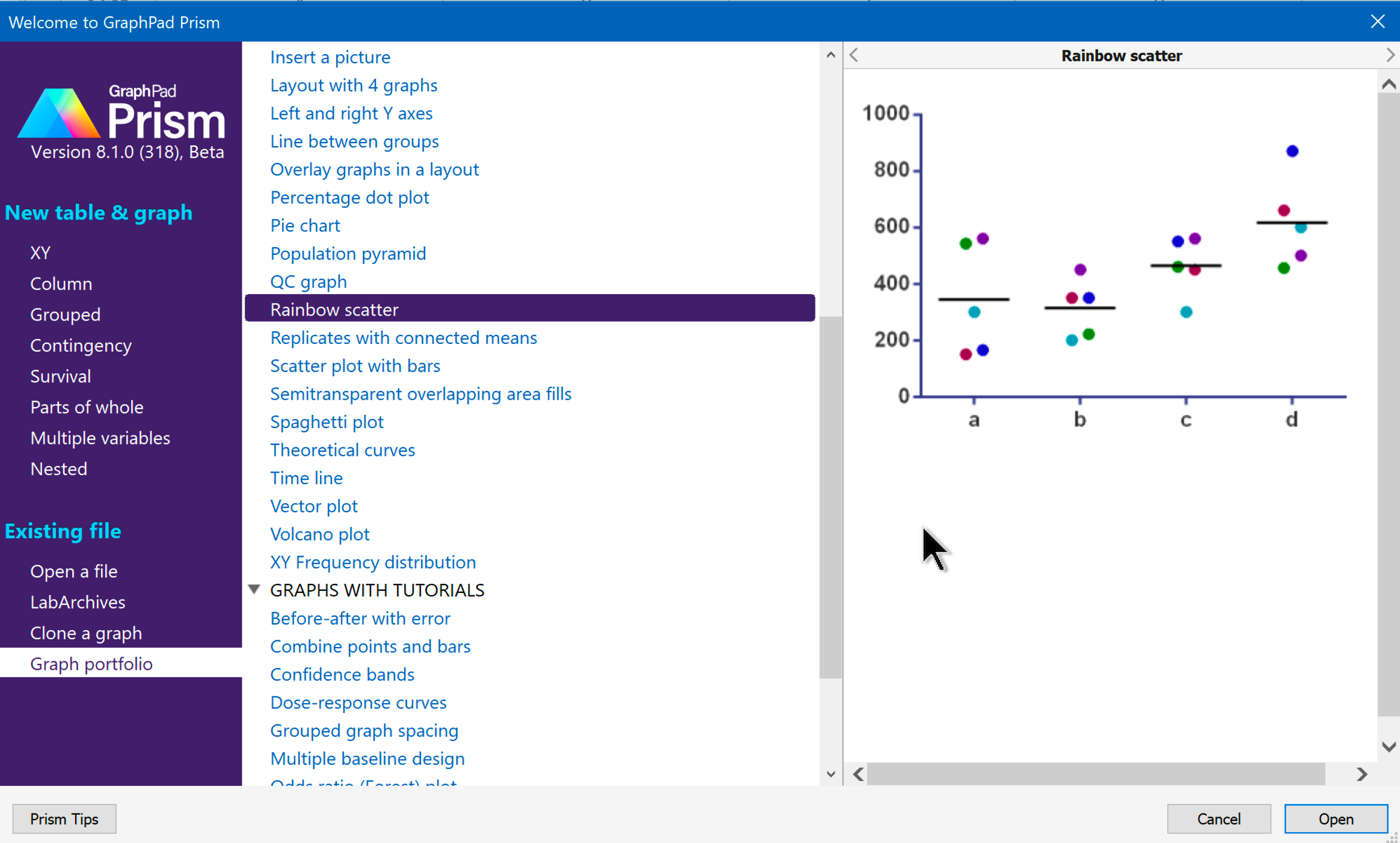

GI is reported to be a nuclear protein with a nuclear localization sequence between residues 543 and 783 in the core 241-amino-acid region ( Huq et al., 2000). In Arabidopsis thaliana, a single copy of GI contains 14 exons that code for a 127-kDa protein with 1,173 amino acids ( Park et al., 1999).

GI gene was first discovered in Arabidopsis because mutations in it delayed flowering response to inductive photoperiods with little variation in short days (SDs) ( Rédei, 1962 Fowler et al., 1999). GIGANTEA (GI) is one of the crucial circadian clock output components in plants ( Fowler et al., 1999 Kim et al., 2013). Photoperiodic flowering occurs when this transition is influenced by light and fine-tuned by diurnal and circadian regulatory mechanisms ( de Montaigu et al., 2010 Sanchez and Kay, 2016). The transition from a vegetative to a reproductive phase in plants is influenced by several factors including light, temperature, age, and hormones.

oxysporum infection by inducing the SA pathway and inhibiting JA signaling in A. The present study convincingly suggests that the GI module promotes susceptibility to F.

Here, we show that the relative transcript expression of CORONATINE INSENSITIVE1 ( COI1) and PLANT DEFENSIN1.2 ( PDF1.2) as a marker of the JA pathway is significantly higher while ISOCHORISMATE SYNTHASE1 ( ICS1) and NON-EXPRESSOR OF PATHOGENESIS-RELATED GENES1 ( NPR1), the markers of the SA pathway, are downregulated in the gi-100 mutants compared to Col-0 plants. Estimation of defense hormone after infection showed that jasmonic acid (JA) level is higher and salicylic acid (SA) level is lower in gi-100 compared to Col-0 WT. Our report showed that it is not involved in flowering time regulation during F. oxysporum infection induces a remarkable accumulation of GI protein. Disease progression, photosynthetic parameters, and comparative anatomy confirmed that the spread and damage caused by pathogen infection were less severe in gi-100 than in Col-0 WT plants. oxysporum) infection is investigated at the molecular level comparing Col-0 WT with the gi-100 mutant in Arabidopsis thaliana. Here, the role of GI in response to Fusarium oxysporum ( F. GI’s involvement in circadian clock function, flowering time regulation, and various types of abiotic stress tolerance has been well documented in recent years. GIGANTEA (GI) is a plant-specific nuclear protein that plays a pleiotropic role in the growth and development of plants.


 0 kommentar(er)
0 kommentar(er)
